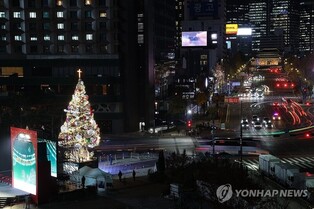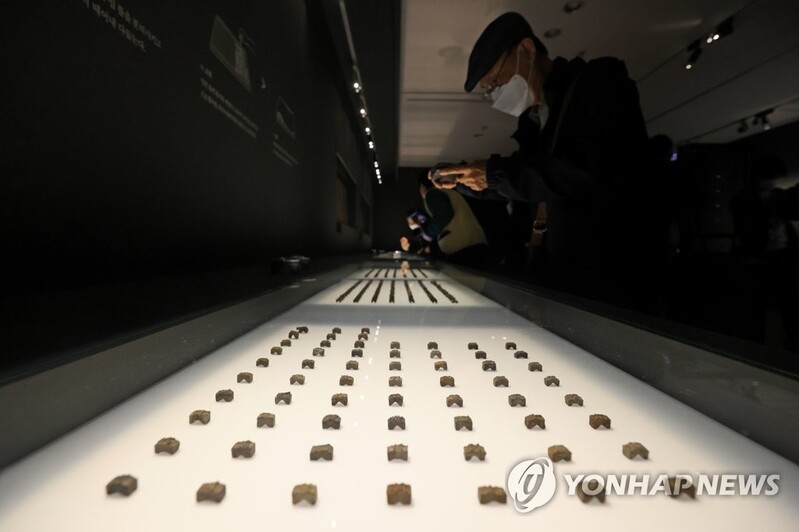 |
| ▲ A visitor takes a picture of the metal type blocks displayed at the National Palace Museum as part of the special exhibition ""Encounter with the Brilliant Scientific Technology of the Joseon Dynasty" on Nov. 2, 2021. (Yonhap) |
SEOUL, Nov. 3 (Yonhap) -- A total of 1,755 pieces of metal type blocks and scientific relics of the Joseon Dynasty, which were excavated at downtown Seoul in June, has begun to be displayed to the public for the first time in five months.
The National Palace Museum of Korea is holding a special exhibition with the Sudo Research Institute of Cultural Heritage under the title "Encounter with the Brilliant Scientific Technology of the Joseon Dynasty." The exhibition will run until Dec. 31.
"We tried to exhibit all the artifacts excavated at Insa-dong by displaying each piece," Kim In-gyu, director of the National Palace Museum of Korea, said during a press conference on Tuesday. "We decorated the beginning and end of the exhibition like the actual excavation sites."
In the first out of two parts of the exhibition, visitors will be able to observe 1,632 metal type blocks of the early Joseon Dynasty collected through the excavation. It is known that only 30 metal type blocks made before the Japanese invasion of Joseon remain today and those Korean-letter pieces are currently preserved at the National Museum of Korea. However, in Insa-dong, both Chinese and Korean-letter blocks were found.
In addition, metal types that were made in 1434~1465 under King Sejong and King Sejo's orders are on display. The fact that various sizes of metal type were found has attracted attention from the public.
After passing the pottery jar, which contained 1600 pieces of metal type when it was discovered, located at the opening of the exhibition, visitors are met with pieces of metal type that have been confirmed with its production years on one side of the hall, whereas 1300 pieces of metal type that need further research to determine when they were made will be exhibited on the other side.
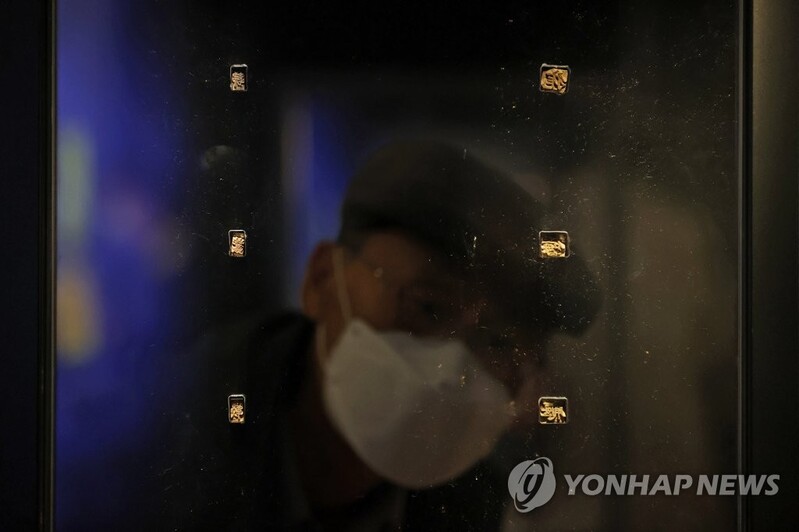 |
| ▲ A visitor takes a closer look of the metal type blocks placed in between transparent acrylic plates at the National Palace Museum as part of the special exhibition "Encounter with the Brilliant Scientific Technology of the Joseon Dynasty" on Nov. 2, 2021. (Yonhap) |
Some pieces of the metal type are placed between transparent acrylic plates so that visitors are able to see the backside. The museum has placed magnifying glasses and tablets with photos so that visitors can observe the artifacts in detail.
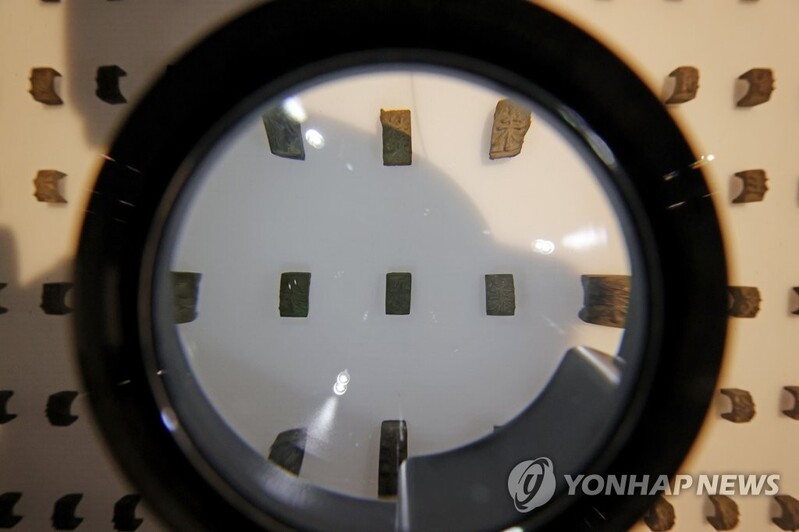 |
| ▲ A magnifying glass is placed over the rows of metal type blocks displayed at the National Palace Museum as part of the special exhibition "Encounter with the Brilliant Scientific Technology of the Joseon Dynasty" on Nov. 2, 2021. (Yonhap) |
"Of the found metal type, Chinese character ‘火,' meaning 'fire' and '陰,' meaning 'shadow, silence' can be cross-checked in the Geunsarok (a book titled "Reflections on Things at Hand" with distinguished Neo-Confucian writings), which is already confirmed to have been printed using the Metal type of 1434," the National Palace Museum explained. "The two letter type ‘火’ and ‘陰’along with additional 48 metal types with the same form and shape are exhibited alongside the aforementioned book."
"Metal type of 1455 has been cross-checked against Neungeomgyeong (The Sutra of the Heroic One, 1461, Treasure, Courtesy of Seoul Museum of History) and Metal type of 1465 against Wongakgyeong (The Complete Enlightenment Sutra, 1465, Treasure, Courtesy of Horim Museum), are also displayed in the same manner," the museum added.
However, in order to accurately determine the production years of the metal type blocks, some pointed out that further investigations involving elemental analysis are needed in addition to comparing the blocks with historical books.
The second part of the exhibition presents scientific artifacts and achievements of the Joseon Dynasty. Although it did not receive much attention due to the metal type blocks, the Sun-and-Star Time Determining Instrument, which is considered a very important relic in the field of scientific history, will also be displayed along with the Self-striking Water Clock.
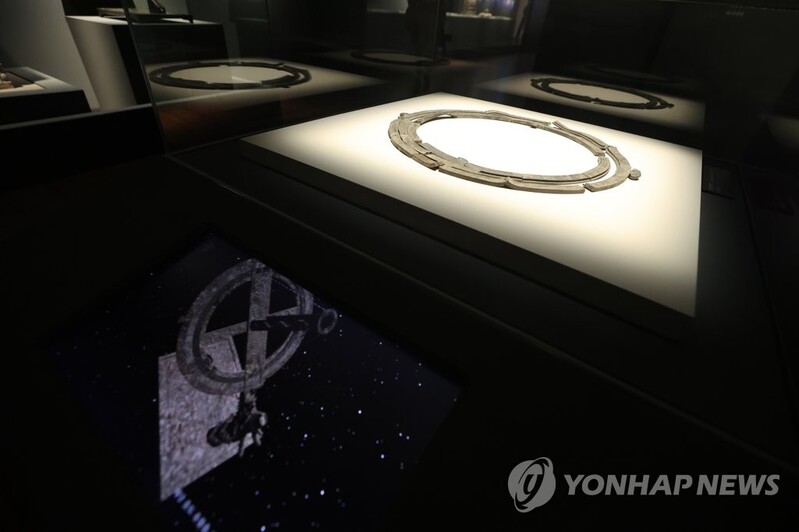 |
| ▲ This image, taken on Nov. 2, 2021, shows the Sun-and-Star Time Determining Instrument at the National Palace Museum as part of the special exhibition "Encounter with the Brilliant Scientific Technology of the Joseon Dynasty" on Nov. 2, 2021. (Yonhap) |
The Sun-and-Star Time Determining Instrument uses shadows made by the sun during the day and stars at night to tell time. Time was measured by the shadow of the sun during the day and by star observation at night.
Visitors can also hear voices of the experts who participated in the excavation in Insa-dong through videos and songs composed by musician Park Da-wool.
The National Palace Museum plans to provide books on its website for researchers and produce virtual reality content.
(END)
(C) Yonhap News Agency. All Rights Reserved


















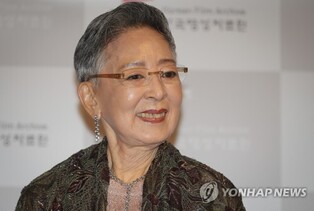


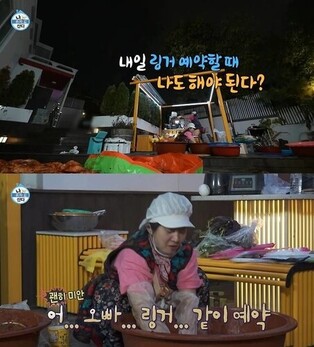
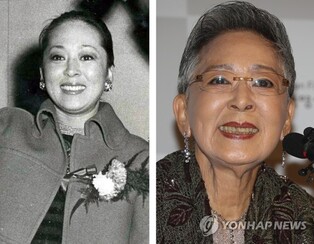
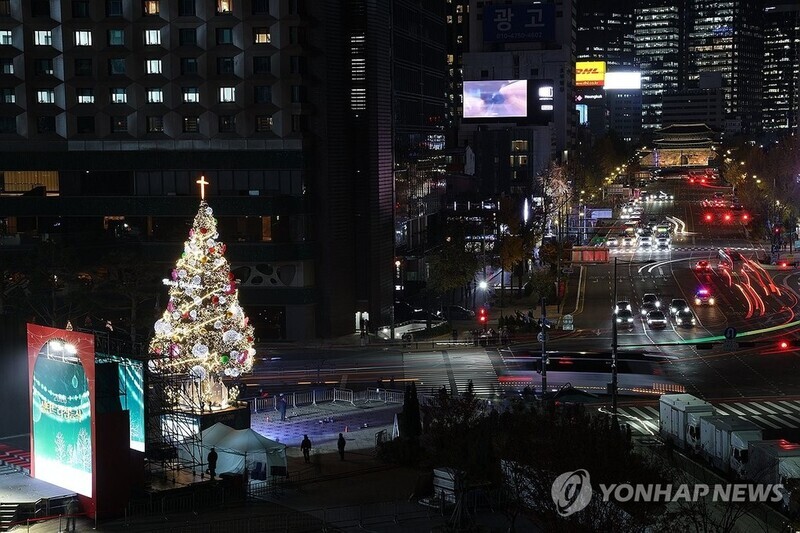

![[가요소식] 10대 싱어송라이터 민서, 데뷔 싱글](/news/data/20251211/yna1065624915952705_742_h2.jpg)
